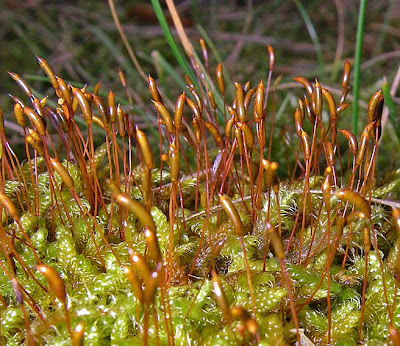Over the years I must have opened and closed hundreds of gates during country walks and I've always been intrigued by the wide range of traditional latches and fastenings, many made locally by blacksmiths. These are now being replaced by modern, mass-produced galvanished versions, which I doubt will be anywhere near as durable as the rusty iron originals. This hook for a chain fastening is on a gatepost on the footpath to Aydon Castle, near Corbridge.
One of things I like about the originals is that, many years after they were made, you can still see the marks where the blacksmiths hammer crashed into red-hot iron, sending out a shower of sparks. Every piece is unique.
There was once a substantial rural industry in small iron objects like this made in local smithies. Chains, forged a link at a time ....
... sometime with a distinctive twist.
Not all of these objects are hand-made - I suspect this lovely nail, with its spiral twist that would make it very difficult to pull out, must have been made by some mass-production process - but rust adds a lovely patina to the surface.
Here's a combination of cast iron and wrought iron, at the entrance to a bridge over the River Tees downstream from High Force.
I particularly like this chain and swivel hook, forged from thick wire, that dangles from a gate on the fells above St. John's Chapel in Weardale.
Generations of hands that have pushed aside this iron gate latch have polished the surface smooth.
Time takes its toll and eventually they'll all rust away - the last vestiges of the small, everyday objects that were once turned out in slack periods by rural blacksmiths, until a bigger job came along.






































































